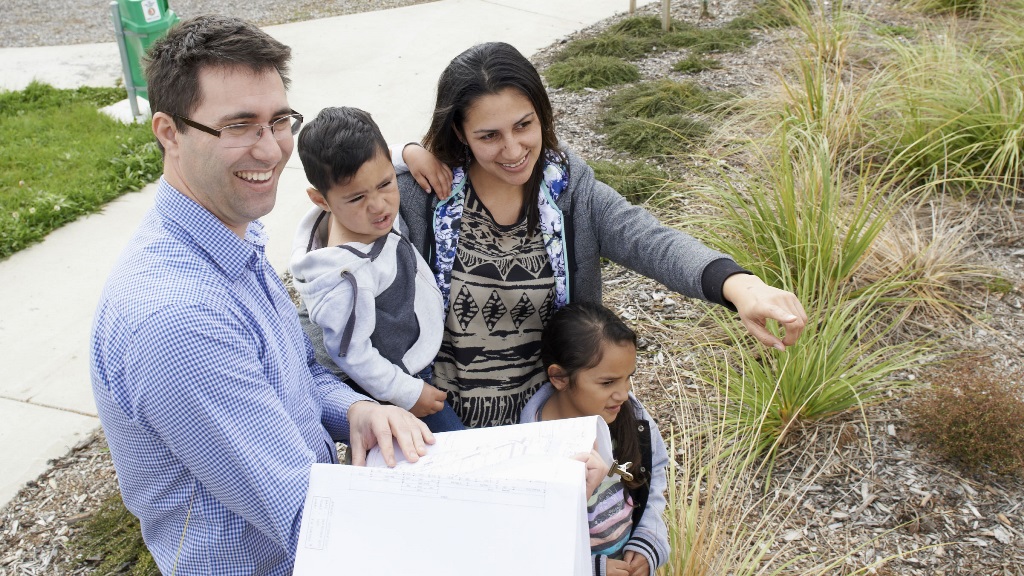Household growth rate in Waikato district is expected to surpass Hamilton and match Auckland’s growth rate over the next 26 years.
The information comes from a Waikato District Social and Economic Profile compiled by Market Economics Consulting to help support Waikato District Council’s District Plan review.
Our new proposed District Plan is on track to be publicly notified in 2018. It will integrate the Waikato and Franklin sections into a single plan for the first time since the district’s boundary changes in 2010.
Estimating household growth from population projections, the Social and Economic Profile says Waikato district can expect growth of 660 to 880 households every year leading to a total growth of 14,000 to 19,000 households by 2043 with demand for a corresponding number of additional dwellings.
While this volume of growth is small in comparison with our larger urban neighbours, it comes off a small base of 25,700 households in 2016. This means that our projected household growth rate of 56% to 73% for 2016-2043 will outstrip Hamilton (49-67%) and peg closely with Auckland (53-76%) in the same period.
The profile’s predictions are already supported by the number of building consents issued in Waikato district which – at 716 and 796 for past two March years - has even surpassed Wellington, making Waikato district the fourth highest-growth area in the North Island and seventh in New Zealand.
However, the Social and Economic Profile shows that this growth pattern is chequered with the northern and southern parts of the district growing the fastest, and with lifestyle accommodation (valued at more than twice the property values of houses and flats in the district) being the fastest growing type of residential property to date.
Our district is characterised by small towns, with only six having populations of more than 2,000, but with 42 identifiable communities centred on a town, village, school or local hall.
Overall low income households (dominated by single person households) make up 20% of the total and high income households (dominated by two parent families) make up 28% of the district’s households.
As a reflection of our location between two major urban centres, only 54% of our workforce finds employment within the district, with 46% working in Hamilton, Auckland or another town.
As at 2016, there were 8,666 businesses in the district employing 21,662 people and contributing $1,471 million to the national economy.
Pastoral farming, especially dairying, is expected to remain the predominant economic activity, although there will be relative growth in construction, retail, hospitality and arts and recreation to service our growing population.
Nevertheless the latest annual statistics that are not a focus of the profile show commercial development in Waikato district is moving ahead of the national average as businesses see opportunities for growth free from urban congestion, but within easy logistical reach of those markets.
Waikato district attracted 183 new businesses and nearly 1,000 new jobs in the year to March 2016.
Posting a 2.2% growth in businesses for the March 2016 year, Waikato district overtook a national business unit growth of 1.6%, while employment growth of 4.6% in the district accelerated ahead of the national figure of 2.7% for the same period.
In a separate move, the Government’s ultrafast broadband (UFB) programme announced earlier this year will support our commercial and residential growth, with eight Waikato district towns part of the latest UFB rollout including Tuakau, Te Kauwhata, Huntly, Taupiri, Ngaruawahia, Horotiu, Whatawhata and Raglan.
Planning for growth in the district



